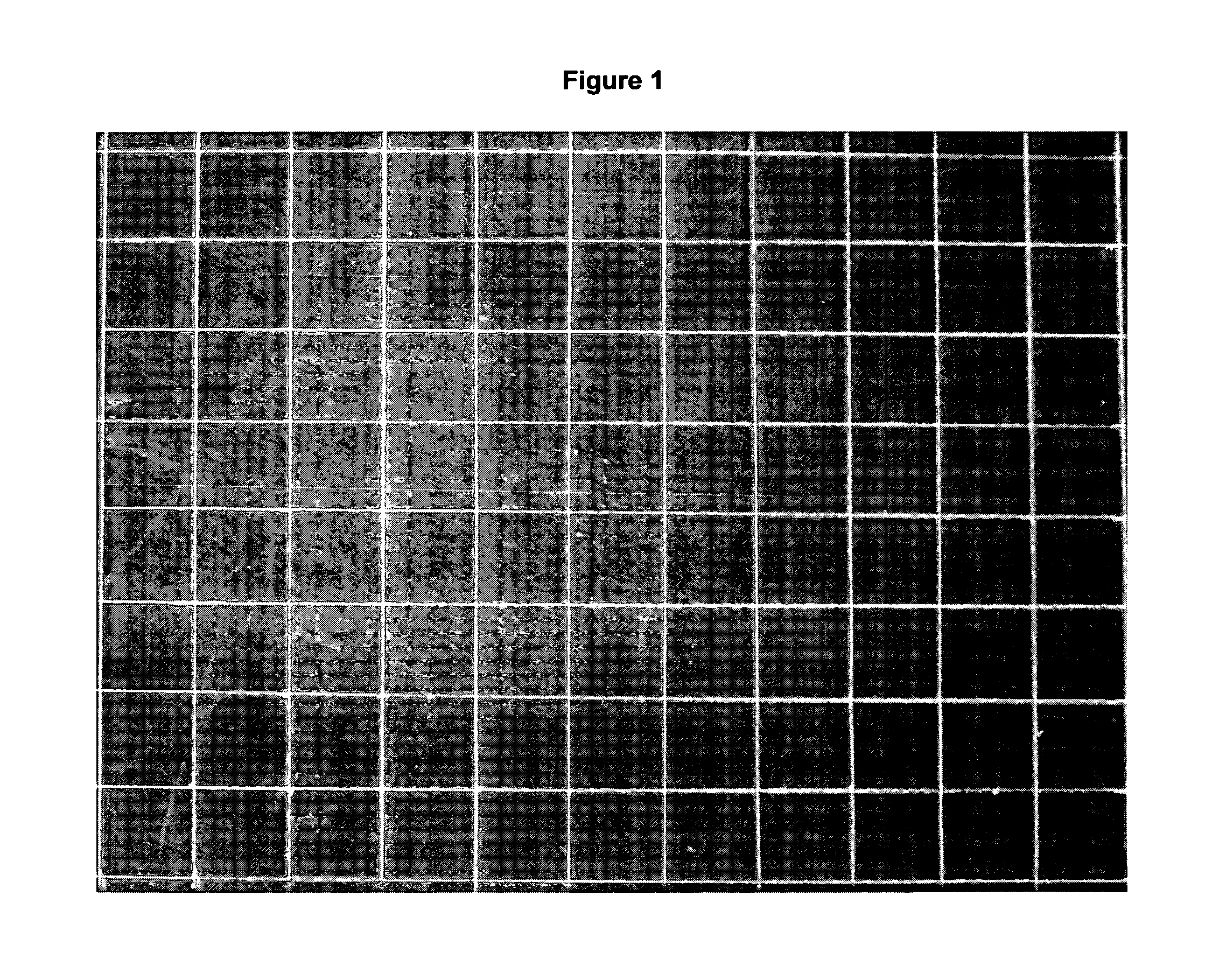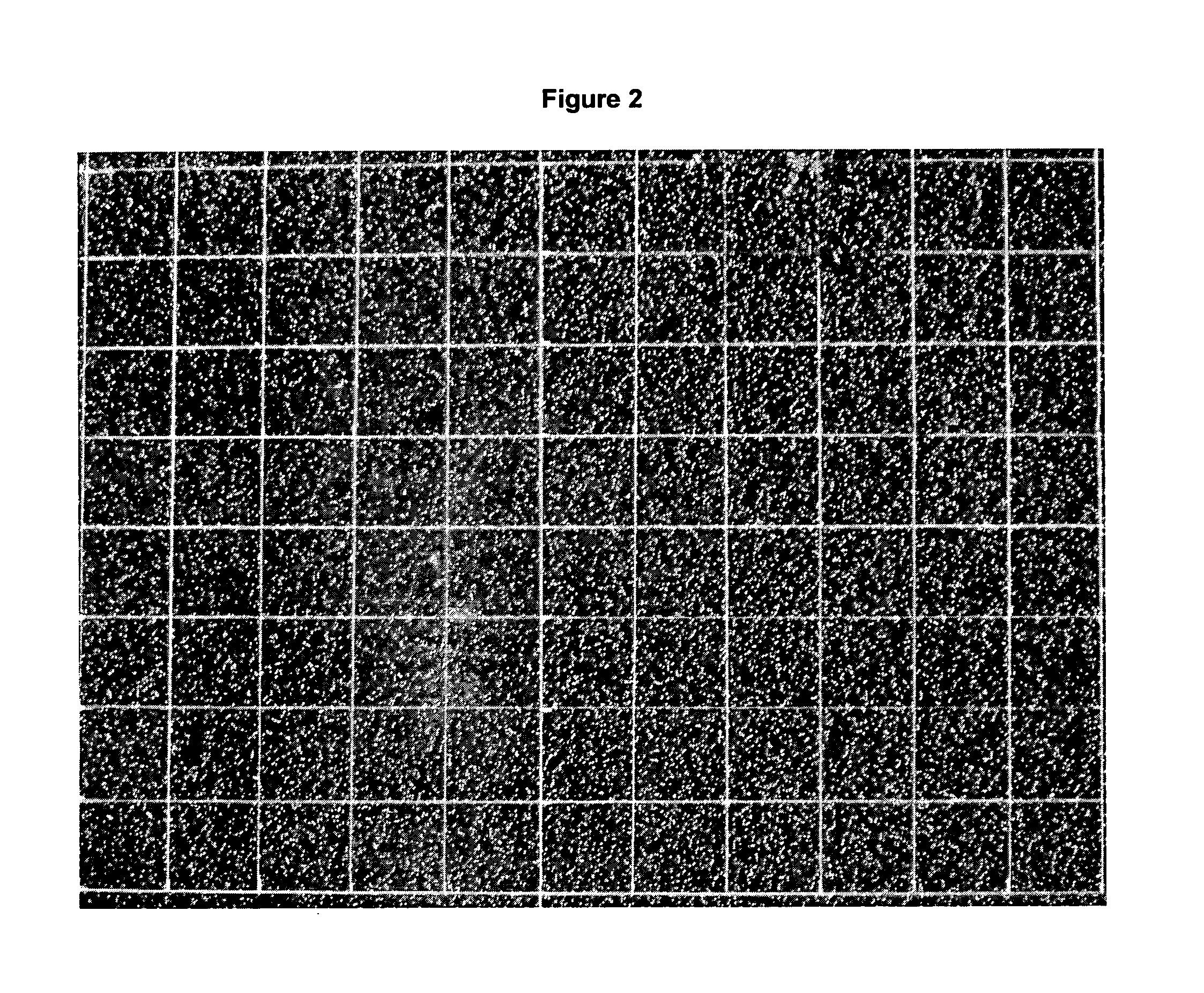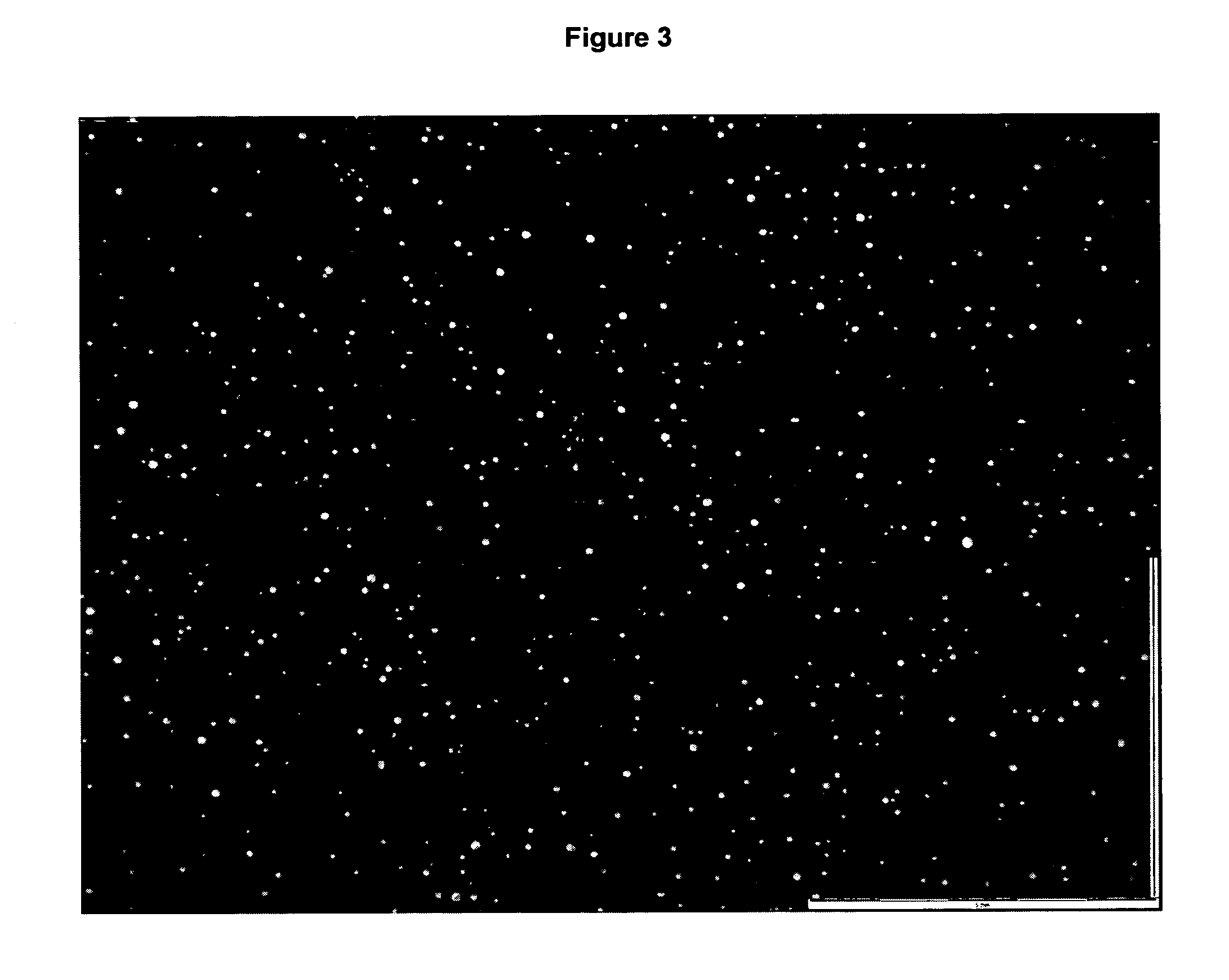Cellulose microfibrils as air release agent
a technology of air release agent and cellulose microfibril, which is applied in the direction of adhesive types, epoxy resin adhesives, magnetic recording, etc., can solve the problems of air trapped inside the viscous composition, flow control problems, unwanted bubbles or pores on the surface or inside or on the surface of the hardened final composition, etc., to achieve the effect of reducing the permeability of the final composition, reducing the permeability, and reducing the permeability
- Summary
- Abstract
- Description
- Claims
- Application Information
AI Technical Summary
Benefits of technology
Problems solved by technology
Method used
Image
Examples
examples
[0086]One viscous composition according to the present invention is prepared by mixing resin (epoxy or unsaturated polyester resin) with 0.8% to 1.3% of the microfibrillated cellulose as described above. The microfibrillated cellulose is added by mixing it into the viscous resin. This exemplary viscous composition may be used as a gel coat.
[0087]The addition of the components occurs in the order polyester, MFC, filler, solvent, other additives, pigments.
[0088]Unless indicated otherwise, the percentages are meant to indicate weight percent per overall weight of the viscous composition.
[0089]By way of example, the following typical overall gel coat composition is in accordance with the present invention:[0090]Unsaturated polyester resin: 55% (w / w)[0091]MFC-product (dried, optionally modified): 0.8% to 1.5%[0092]Talcum: 5%[0093]Styrene: 16% to 20%[0094]Cobalt: 0.3%[0095]Inhibitor: 0.05%[0096]Accelerator: 0.1%[0097]Pigment-paste: 15% to 25%
[0098]Addition of MFC to the polyester is follo...
PUM
| Property | Measurement | Unit |
|---|---|---|
| zero shear viscosity | aaaaa | aaaaa |
| thickness | aaaaa | aaaaa |
| thickness | aaaaa | aaaaa |
Abstract
Description
Claims
Application Information
 Login to View More
Login to View More - R&D
- Intellectual Property
- Life Sciences
- Materials
- Tech Scout
- Unparalleled Data Quality
- Higher Quality Content
- 60% Fewer Hallucinations
Browse by: Latest US Patents, China's latest patents, Technical Efficacy Thesaurus, Application Domain, Technology Topic, Popular Technical Reports.
© 2025 PatSnap. All rights reserved.Legal|Privacy policy|Modern Slavery Act Transparency Statement|Sitemap|About US| Contact US: help@patsnap.com



